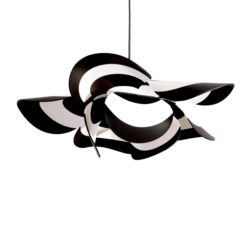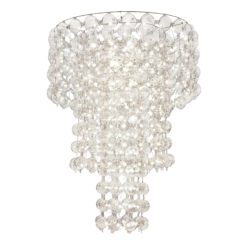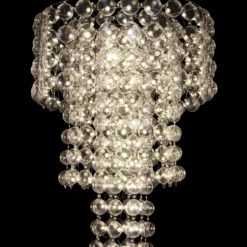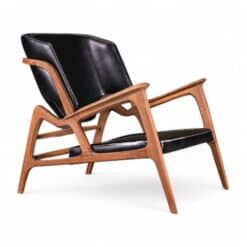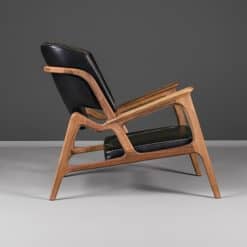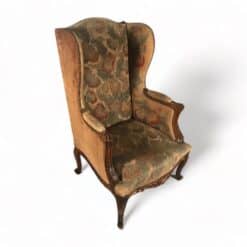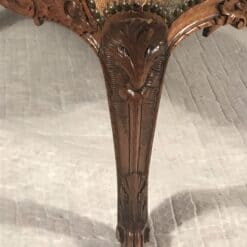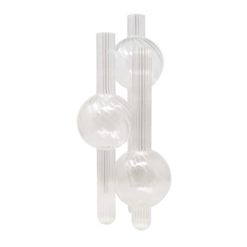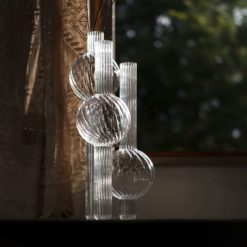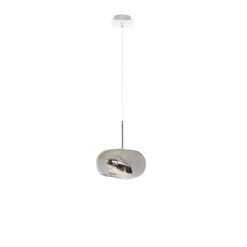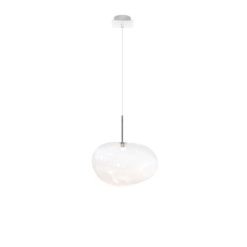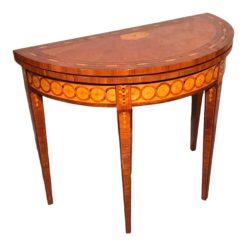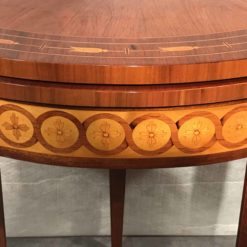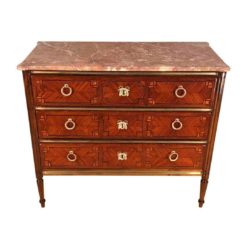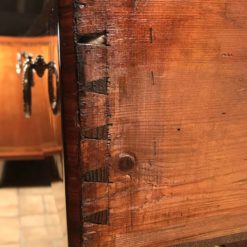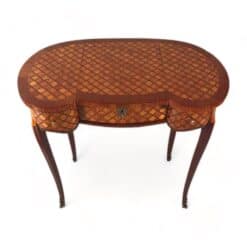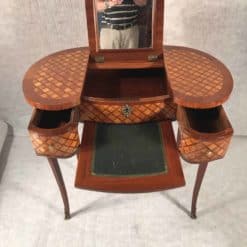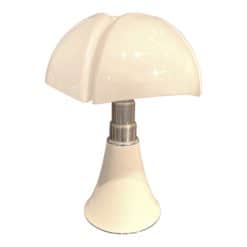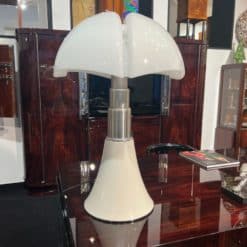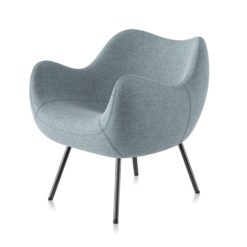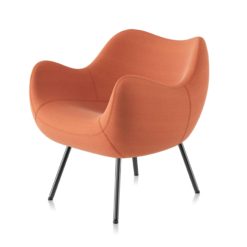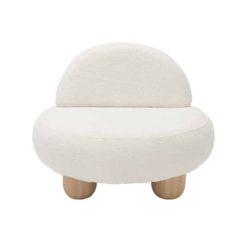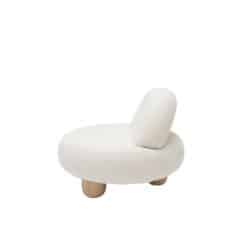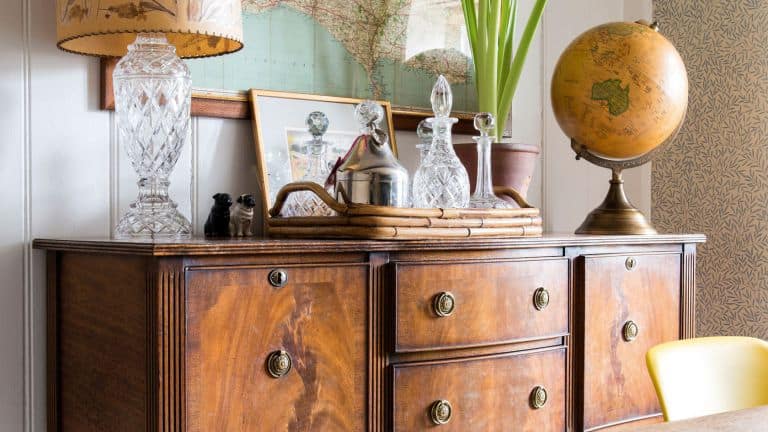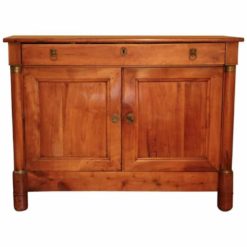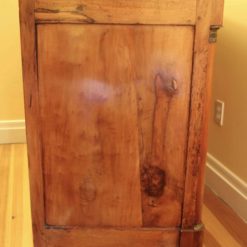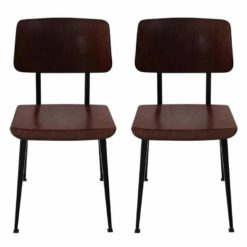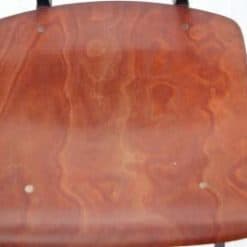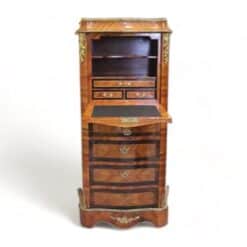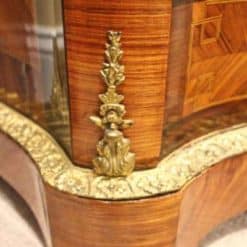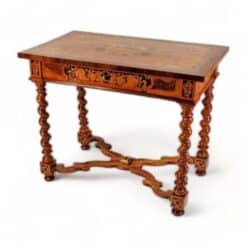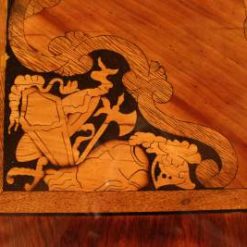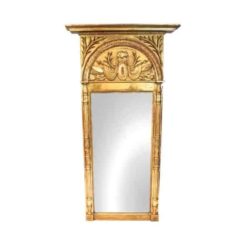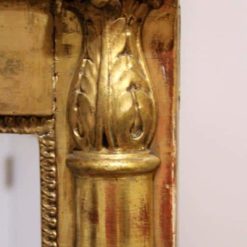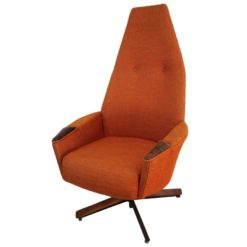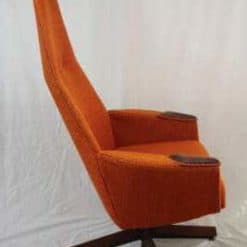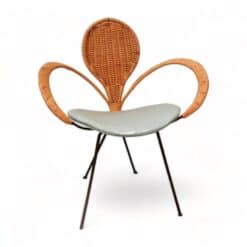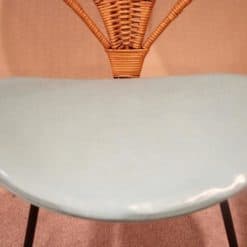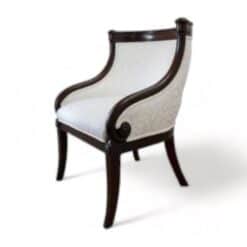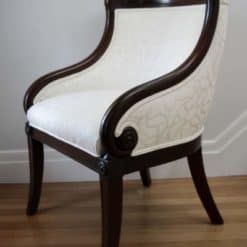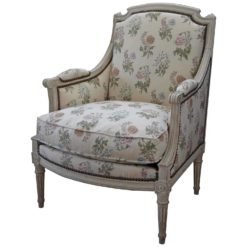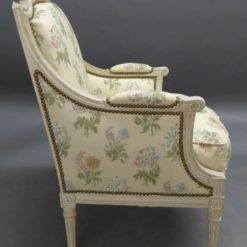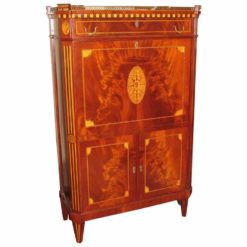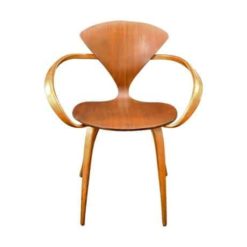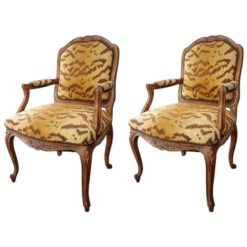Best Sellers
Resources
Tips For Buying Antique Furniture
Hints & Tips For Buying Antique Furniture
Buying antique furniture is a great way to add new life to any room with old (yet timeless) pieces. For example, a Classicist Demilune table situated strategically in a front entryway offers an intriguing yet sensible purpose and will be the first thing guests notice when they walk inside.
We have several tips for buying antique furniture, so you can shop with confidence and make sure you get just what you want.
Also, don’t forget to read how to identify antique furniture, as well as differences between vintage and antique!
Look For Quality Pieces
By quality, we mean furniture that is still in good shape. Wood furniture gets nicks and dings–sometimes, that’s just what happens to centuries-old furniture.
Source: divinesavages.com
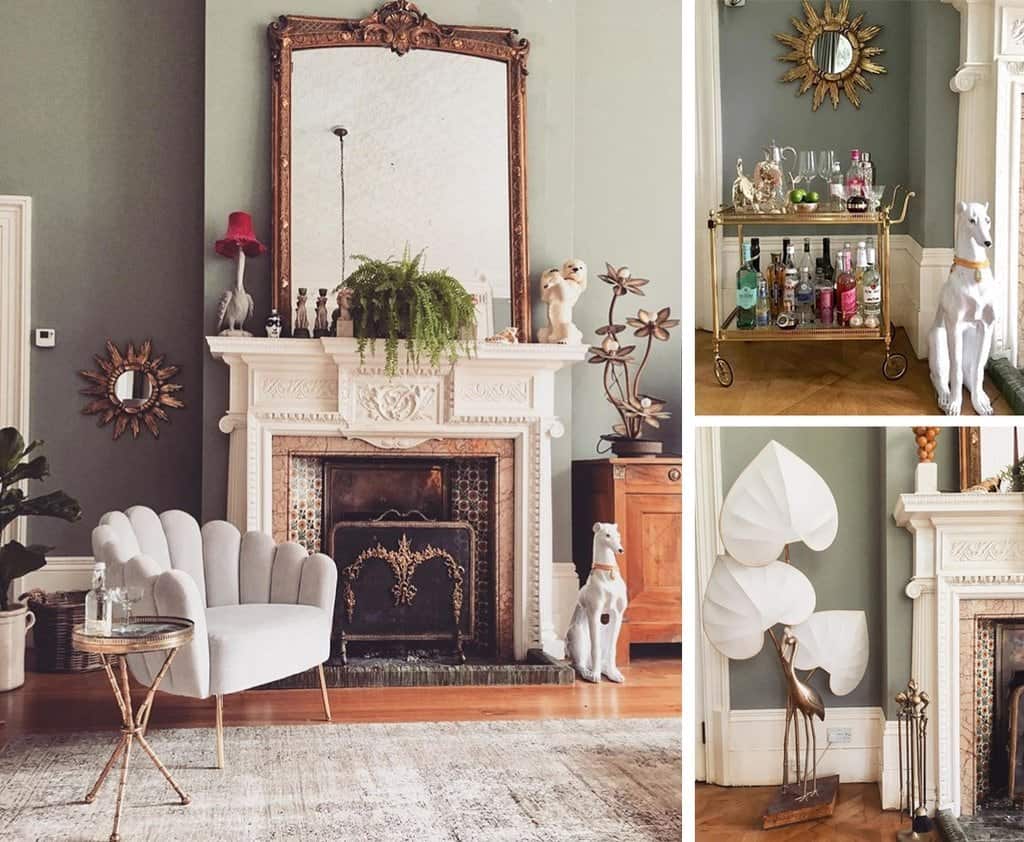
But keep an eye out for furniture that appears excessively worn or used.
The drawers in a chest of drawers should move in and out smoothly, and the frames of upholstered items like chairs or couches should still seem stable.
One sign of handmade, quality furniture is kerf marks.
Kerf marks are leftover saw marks indicating where the dovetail joints in a drawer were cut to connect to the other sides.
Steer clear from buying antique furniture made from mediocre materials or that shows signs of shoddy craftsmanship.
Research different brands of the period that you are interested in buying furniture. Similarly, look for makers that developed a reputation for low-quality pieces, too.
Good and bad furniture happens in every century, so it’s good to know what names to avoid.
Don’t Forget Measurements!
Nothing is worse than buying something that you are confident will complete your dream room design and realizing that it doesn’t fit.
Furniture, antique or not, looks different in the showroom and its scale may vary once it’s actually in your home.
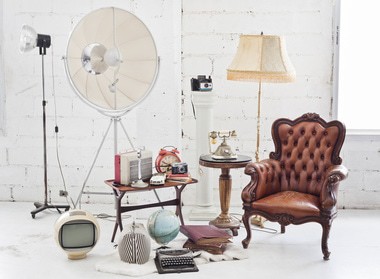
So, this tip may go without saying, but you can’t forget to measure the space or the piece of furniture you plan to use.
Repurposing With Purpose
One of the best things about buying antique furniture is its versatility. More often than not, you don’t need to buy an entire set to achieve the look you have in mind.
A few antique furniture items can do the trick. For instance, a Louis XVI rolltop desk with an 18th-century Classicist giltwood mirror can be just what a refined study needs.
Or, take either of those items paired with a contemporary piece for a striking yet sophisticated take.
It’s just as fun to play around with ideas for new ways to use old things. A Queen Anne armoire can easily convert into an entertainment system, for example
Don’t be afraid to play around with your space. Is there something you would love to have in your home but aren’t sure how to make it work? Consider using it in a different part of the house for an unexpected and creative design.
Educate Yourself
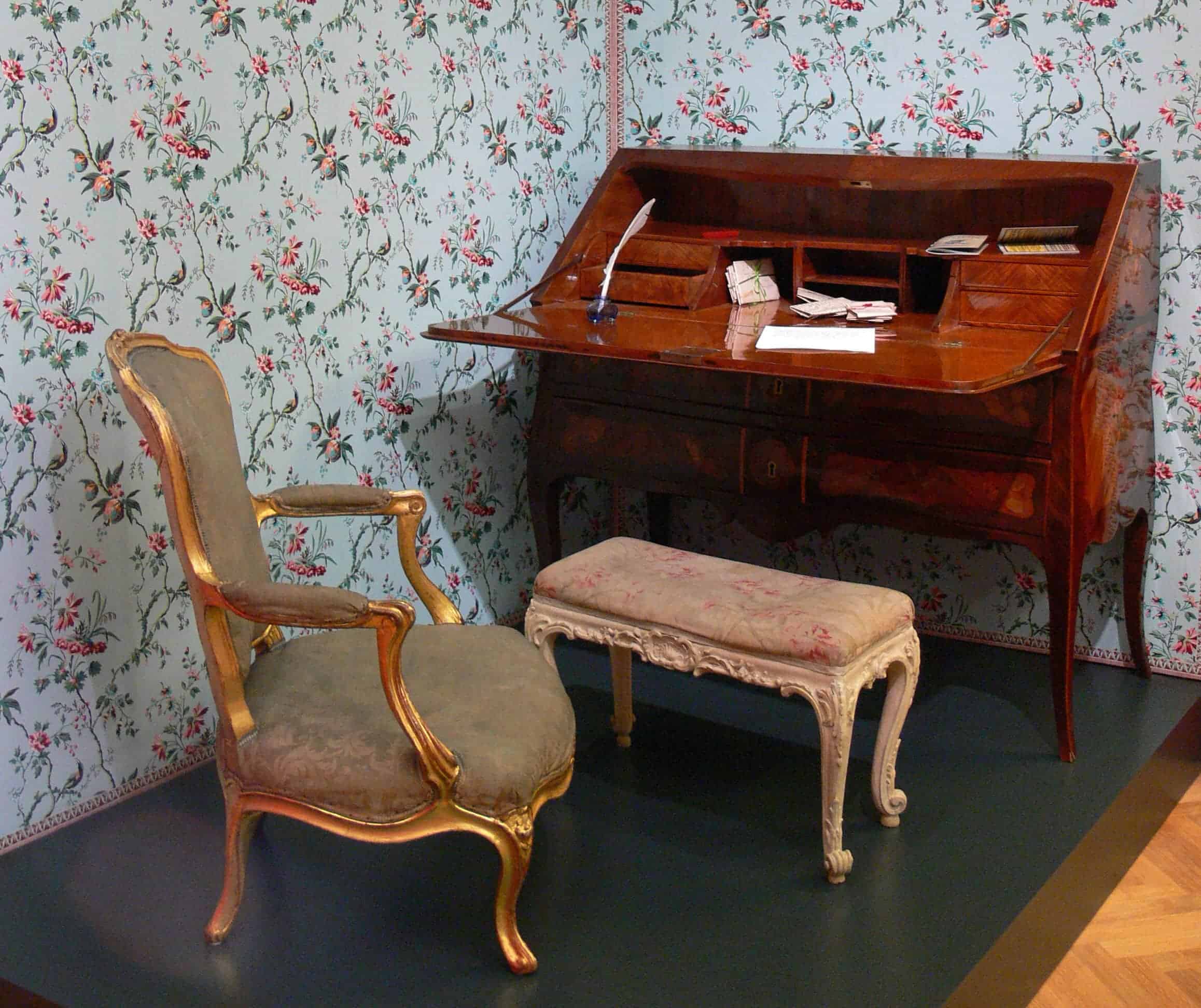
Researching and reading about period pieces (as well as reading articles like this one!) is one of the best ways to become a more informed buyer.
But if you’re more of a hands-on person, consider visiting museums that showcase antique furniture. It’s an excellent way to train your eye and get a sense of the elegance and style that meticulously-cared for antique furniture has.
Alternatively, flea markets and showrooms are also places to check out and talk to experts to learn more.
You may even discover some inspiration for your home!
Plus, there is plenty of information at museums to fill you in about the items you view.
Repairs vs. Replacements
A final tip for buying antique furniture is distinguishing repairs from replacements. If an item has undergone repairs, the original parts were mended, so it remains genuinely antique.
A replacement is when a mass-produced piece was used to make the fix, instead of using the original.
It may seem common sense, but it’s always a good idea to ask about repairs or replacements, especially regarding hardware or decorative fixtures.

